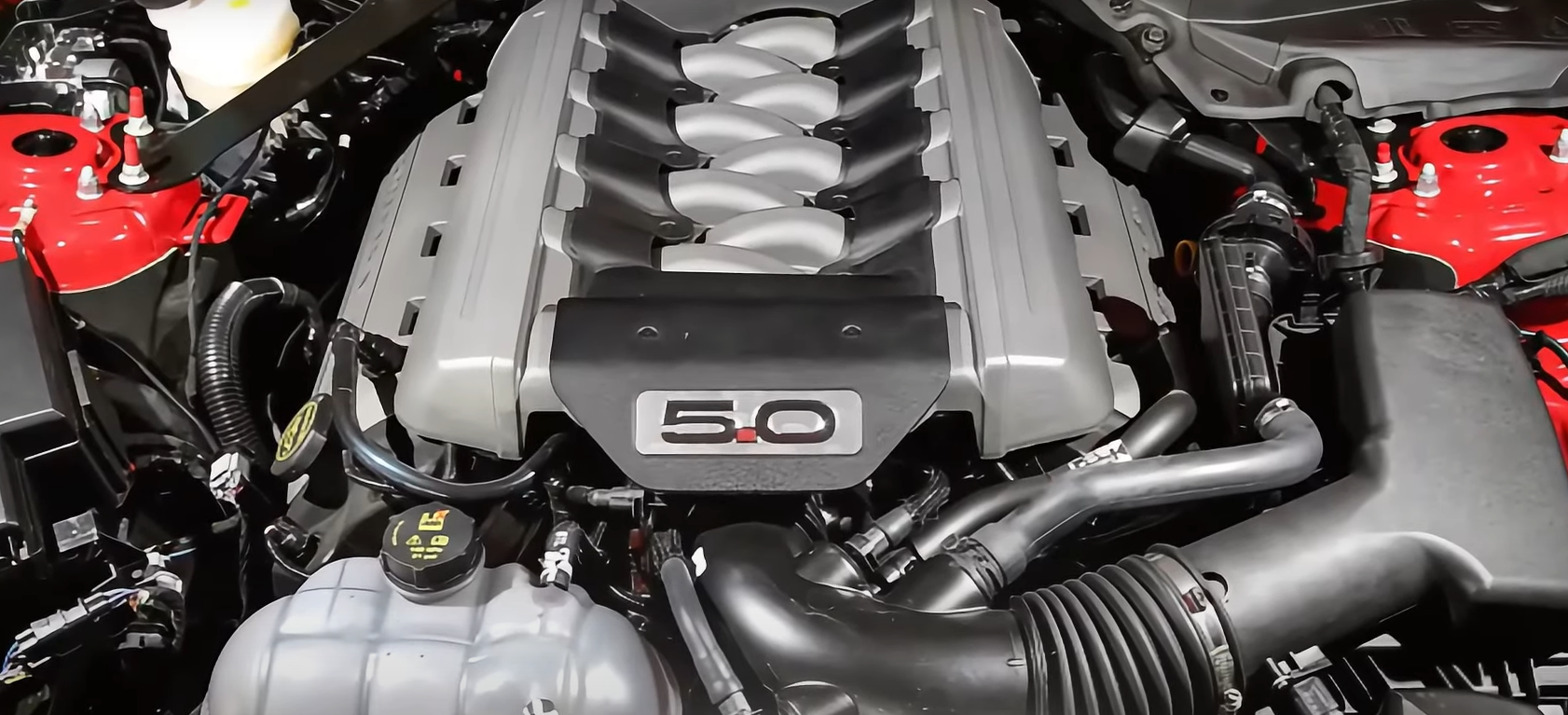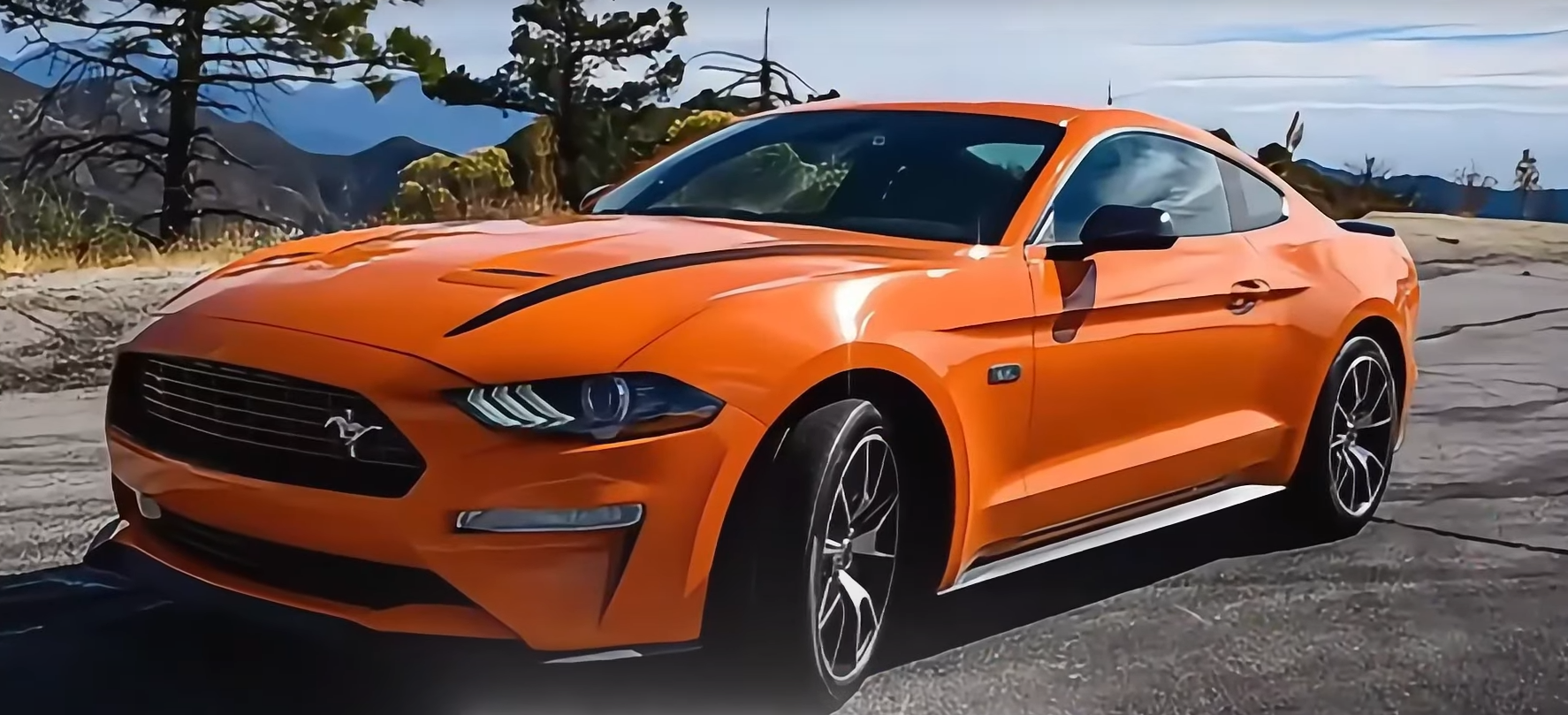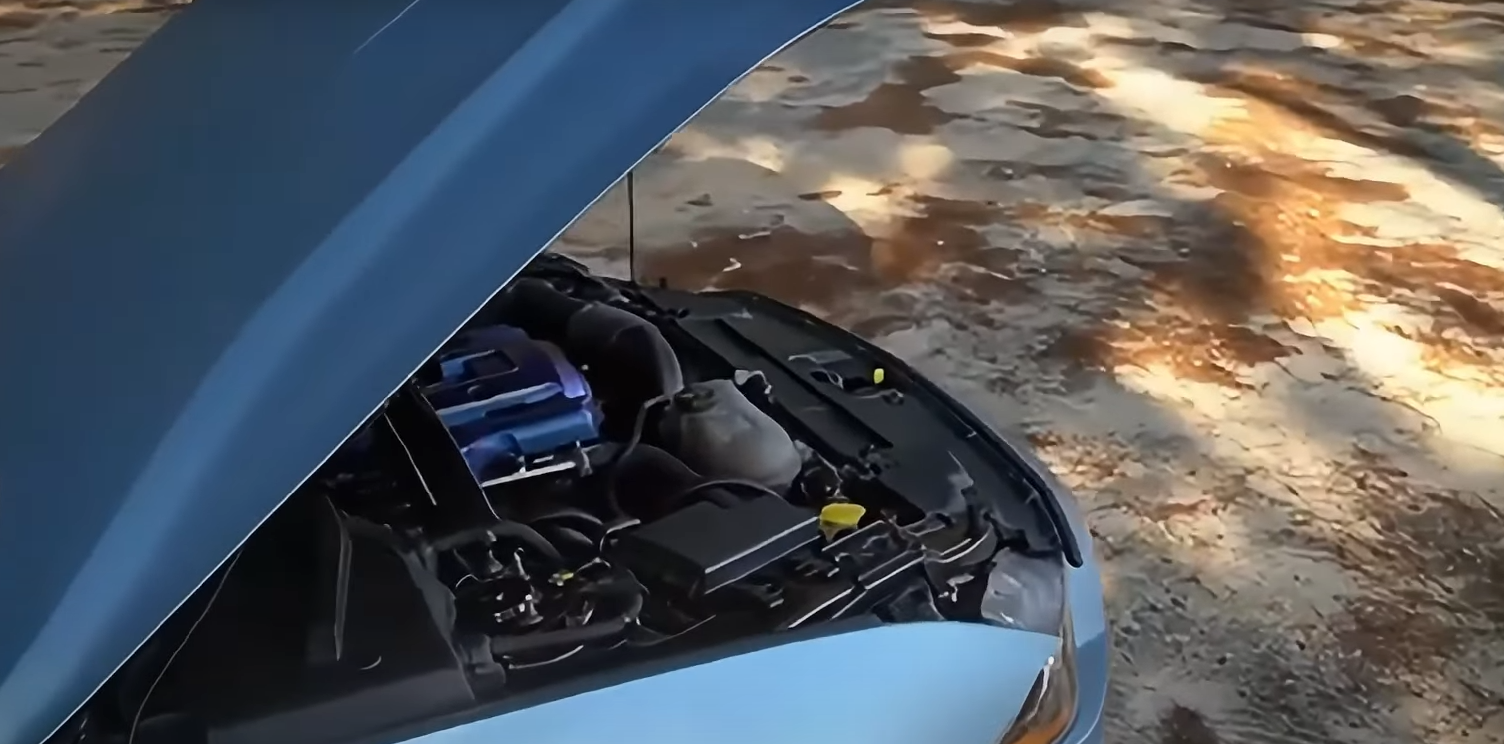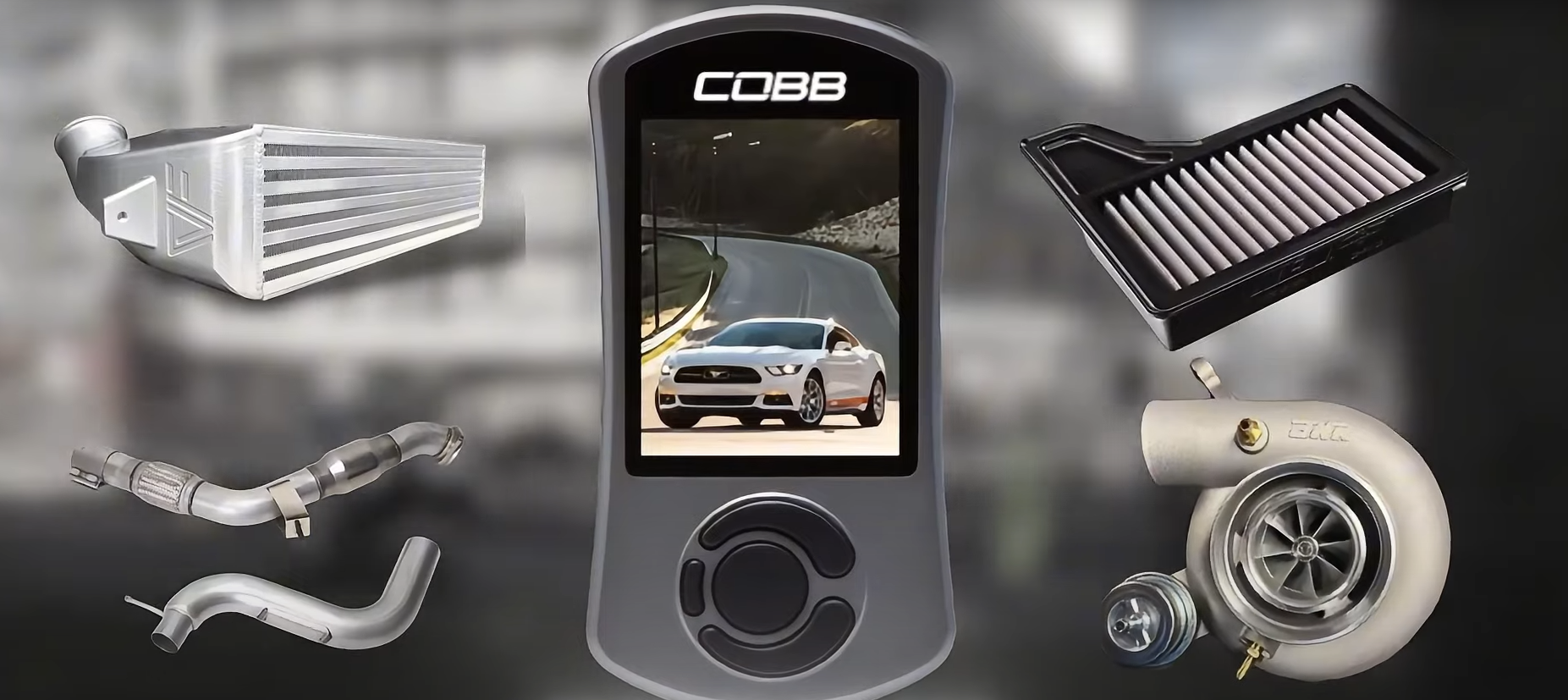Many people expect a Mustang to roar with a V8 engine, but the EcoBoost model challenges that idea. When Ford introduced the turbocharged four-cylinder version, it sparked debate among fans who questioned whether it still counted as a “real” Mustang. Yet this model carries its own legacy, blending lighter weight, strong performance, and impressive tuning potential that changes how drivers experience the car.
The EcoBoost’s power may not shock anyone straight from the factory, but its engine responds extremely well to upgrades. With a few smart modifications, it can outperform expectations and even rival more powerful models. On the road, its lighter front end improves handling, offering a sharper and more balanced feel than many expect from a Mustang.
Key Takeaways
- The EcoBoost challenges traditional Mustang expectations.
- Smart tuning can unlock strong performance gains.
- Its lighter design improves handling and driving feel.
The Mustang EcoBoost Legacy
Roots of Turbocharged Power
When Ford introduced the turbocharged four-cylinder Mustang in 2015, many fans questioned it. People expected a V8, but the EcoBoost showed a different side of performance. It delivered 310 horsepower, 350 lb-ft of torque, and a 0–60 mph time of about 5.5 seconds.
While not the fastest from the factory, its strength came from how well it responded to upgrades. A few key modifications could unlock serious gains:
| Upgrade | Benefit |
|---|---|
| ECU Tune | Increases power and torque |
| Intercooler | Keeps temperatures stable |
| Cold Air Intake | Improves throttle response |
| Exhaust & Downpipe | Adds sound and power |
| Larger Turbo | Pushes output beyond 400 hp |
With these changes, the lighter EcoBoost could outperform heavier Mustang GTs, especially in handling. Its reduced front-end weight meant less understeer and sharper control.
The SVO Influence
The EcoBoost wasn’t Ford’s first turbo Mustang. Decades earlier, Ford’s Special Vehicle Operations (SVO) built a 2.3-liter turbo Mustang that focused on balance and agility over raw muscle.
That same mindset returned with the EcoBoost. Both cars shared a goal—lighter weight, responsive handling, and strong tuning potential. This connection showed that performance in a Mustang doesn’t always need eight cylinders. Sometimes, smart engineering and a turbocharger can deliver just as much excitement.
Performance Overview
Engine Details and Power
The EcoBoost Mustang runs on a 2.3-liter turbocharged four-cylinder engine. From the factory, it produces 310 horsepower and 350 lb-ft of torque. It reaches 0–60 mph in about 5.5 seconds, which is quick for a base model.
| Specification | Value |
|---|---|
| Engine Type | 2.3L Turbocharged I4 |
| Horsepower | 310 hp |
| Torque | 350 lb-ft |
| 0–60 mph | ~5.5 seconds |
With basic upgrades like a performance tune, intercooler, air intake, and exhaust system, the engine can gain over 100 extra horsepower. A larger turbocharger can push output past 400 horsepower, giving it power levels close to or beyond a stock GT while keeping the car lighter.
Factory Driving Feel
The lighter front end gives the EcoBoost sharper handling and less understeer than the GT. It feels more agile and balanced, especially in corners. The turbo boost delivers torque almost instantly, creating a strong mid-range pull that surprises many drivers.
Though it lacks the deep sound of a V8, the EcoBoost offers a responsive and engaging drive. Its mix of speed, balance, and tuning potential makes it a distinct version of the Mustang lineup.
Unlocking the EcoBoost’s Potential
Fine-Tuning the Engine
The EcoBoost engine reacts strongly to tuning. Adjusting the factory tune can unlock hidden power and sharper throttle response. A proper tune also helps manage boost levels and fuel delivery, keeping performance consistent under heavy use.
| Upgrade Type | Benefit |
|---|---|
| ECU Tune | Increases horsepower and torque |
| Intercooler | Reduces heat soak and keeps power stable |
| Cold Air Intake | Improves airflow and turbo sound |
Key Performance Upgrades
A few bolt-on parts transform the EcoBoost from quick to impressive. An upgraded intercooler keeps intake temps low, while a high-flow intake and exhaust improve breathing. Adding a downpipe and a larger turbo, such as a BNR or NX2, pushes the engine well past stock output.
Recommended Mods:
- Intercooler upgrade
- Cold air intake or high-flow air filter
- Downpipe and cat-back exhaust
- Larger turbocharger
Power and Weight Benefits
With the right setup, the EcoBoost can gain over 100 horsepower beyond stock numbers, often exceeding 400 horsepower. Because it’s about 200 pounds lighter up front than a GT, it feels more agile and balanced through corners. The lighter nose reduces understeer and helps the car respond faster, giving it a surprising edge against heavier V8 models.
On-Road Experience
Power Delivery and Acceleration
The turbocharged four-cylinder engine delivers its power quickly and smoothly. Boost builds fast, giving the car strong mid-range pull that feels immediate once the throttle is pressed. With a few simple upgrades—like a tune, intercooler, and exhaust—the car’s response sharpens even more.
| Setup | Estimated Output | 0–60 mph (approx.) |
|---|---|---|
| Stock | 310 hp / 350 lb-ft | ~5.5 seconds |
| Lightly Modified | 400+ hp | Low 4s |
The lighter weight compared to the GT makes the car feel eager off the line. Drivers notice how quickly torque arrives, giving a sense of urgency without needing high revs.
Steering and Road Feel
With over 200 pounds less over the front axle, the car turns in with more precision than the V8 model. The reduced weight helps it stay balanced through corners, reducing understeer and improving grip.
Key impressions:
- Steering feels more responsive.
- The front end tracks cleanly through tight bends.
- The chassis stays composed under quick direction changes.
This setup gives the driver more control and confidence, especially on twisty roads where agility matters more than raw power.
Challenging the Mustang Stereotype
Public Views on the EcoBoost
Many car fans still link the Mustang name with a loud V8. When Ford released the turbocharged four-cylinder model, many doubted it could live up to the badge. Yet the EcoBoost changed that view by showing strong performance and real tuning potential.
Common Misconceptions:
- “It’s not a real Mustang.”
- “A four-cylinder can’t be fast.”
Both ideas miss the point. The EcoBoost keeps the Mustang’s spirit of power and fun but delivers it in a lighter, more efficient package.
| Model | Engine | Horsepower | Torque (ft-lb) | 0–60 mph (sec) |
|---|---|---|---|---|
| EcoBoost (stock) | 2.3L Turbo I4 | 310 | 350 | ~5.5 |
| EcoBoost (modified) | 2.3L Turbo I4 | 400+ | — | — |
Measuring Up to the GT
The EcoBoost weighs over 200 pounds less than the GT, which gives it sharper handling and less understeer. That lighter front end makes the car more balanced through corners.
With a few upgrades—like a tune, intercooler, intake, downpipe, and larger turbo—the EcoBoost can outpace a stock GT in straight-line runs. It may not sound like a traditional muscle car, but its quick boost response and strong midrange torque deliver a driving feel that surprises many GT owners.
Is the Mustang EcoBoost Worth It?
The Mustang EcoBoost often surprises people who expect every Mustang to have a V8. Its 2.3‑liter turbocharged four‑cylinder makes 310 horsepower and 350 lb‑ft of torque, reaching 0–60 mph in about 5.5 seconds. On paper, that’s quick enough for most drivers, but its real strength shows when modified.
Even small upgrades make a big difference. A few common changes include:
| Upgrade | Purpose |
|---|---|
| ECU Tune | Increases power and improves throttle response |
| Intercooler Upgrade | Keeps temperatures stable under boost |
| Cold Air Intake / High‑Flow Filter | Improves airflow and turbo sound |
| Downpipe and Exhaust | Adds power and a deeper tone |
| Larger Turbo (BNR or NX2) | Pushes output beyond 400 horsepower |
With these mods, the EcoBoost can outperform some stock Mustang GTs while weighing over 200 pounds less in the front. That lighter front end gives it sharper turn‑in and less understeer, making it feel more balanced in corners.
Some enthusiasts still question if a four‑cylinder Mustang counts as “real,” but history shows Ford has used many engine types before. For drivers who want a tunable, efficient, and agile Mustang that still delivers strong performance, the EcoBoost offers solid value and plenty of potential.
Conclusion
The speaker highlights how the Mustang EcoBoost challenges old ideas about what a Mustang should be. While many expect a V8, the turbocharged four-cylinder shows strong performance potential when tuned correctly.
Key performance details:
| Specification | Value |
|---|---|
| Horsepower (stock) | 310 hp |
| Torque (stock) | 350 lb-ft |
| 0–60 mph | ~5.5 seconds |
| Weight difference vs. GT | ~200 lb lighter (front end) |
Popular upgrades include:
- ECU tune for higher boost and better throttle response
- Larger intercooler to reduce heat soak
- Cold air intake or high-flow filter
- Downpipe and exhaust system for power and sound
- Optional big turbo for major gains
With these changes, the EcoBoost can exceed 400 horsepower, handle corners with less understeer, and even outperform some stock GTs. The speaker notes that while it may not deliver the classic V8 feel, it offers a lighter, more agile, and highly tunable alternative that earns real respect among enthusiasts.







